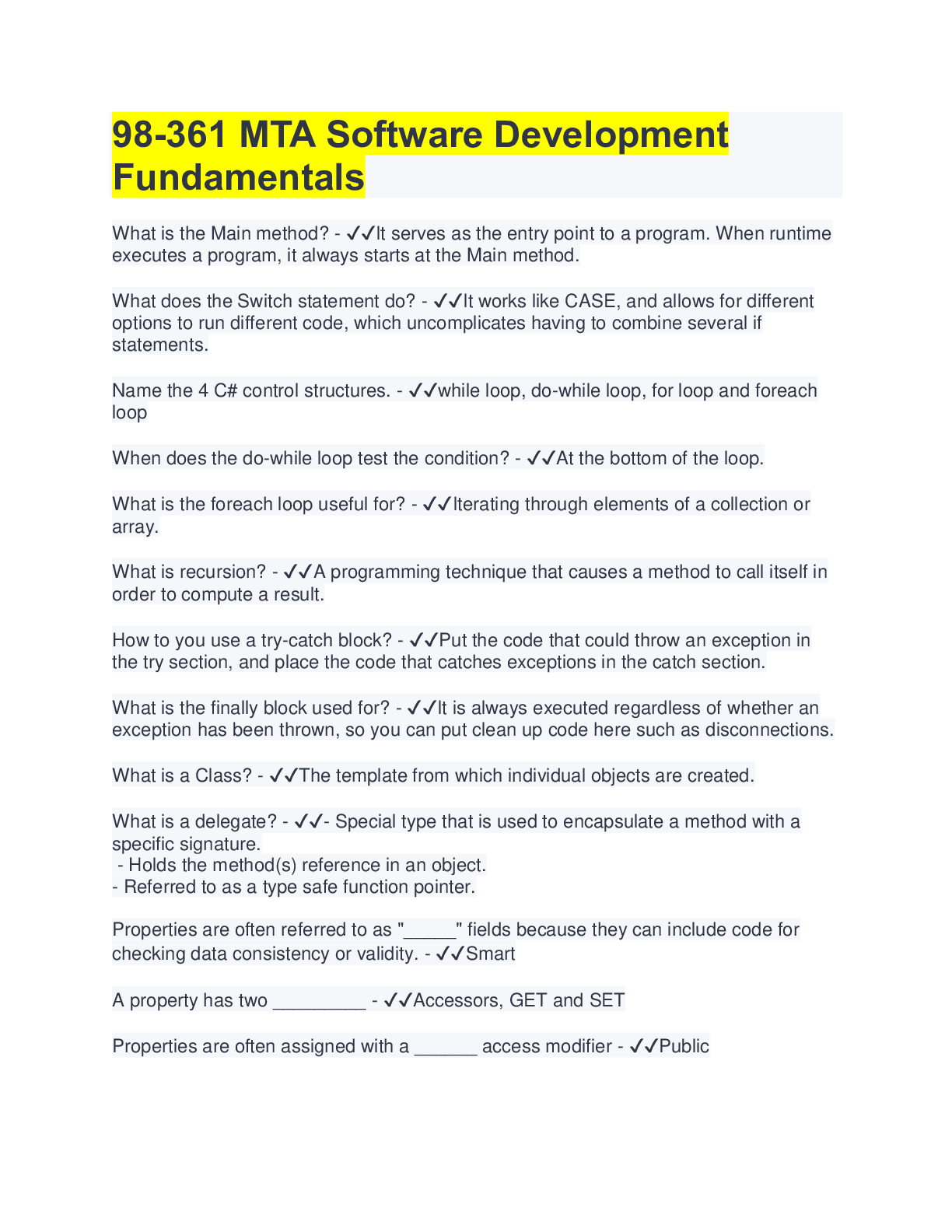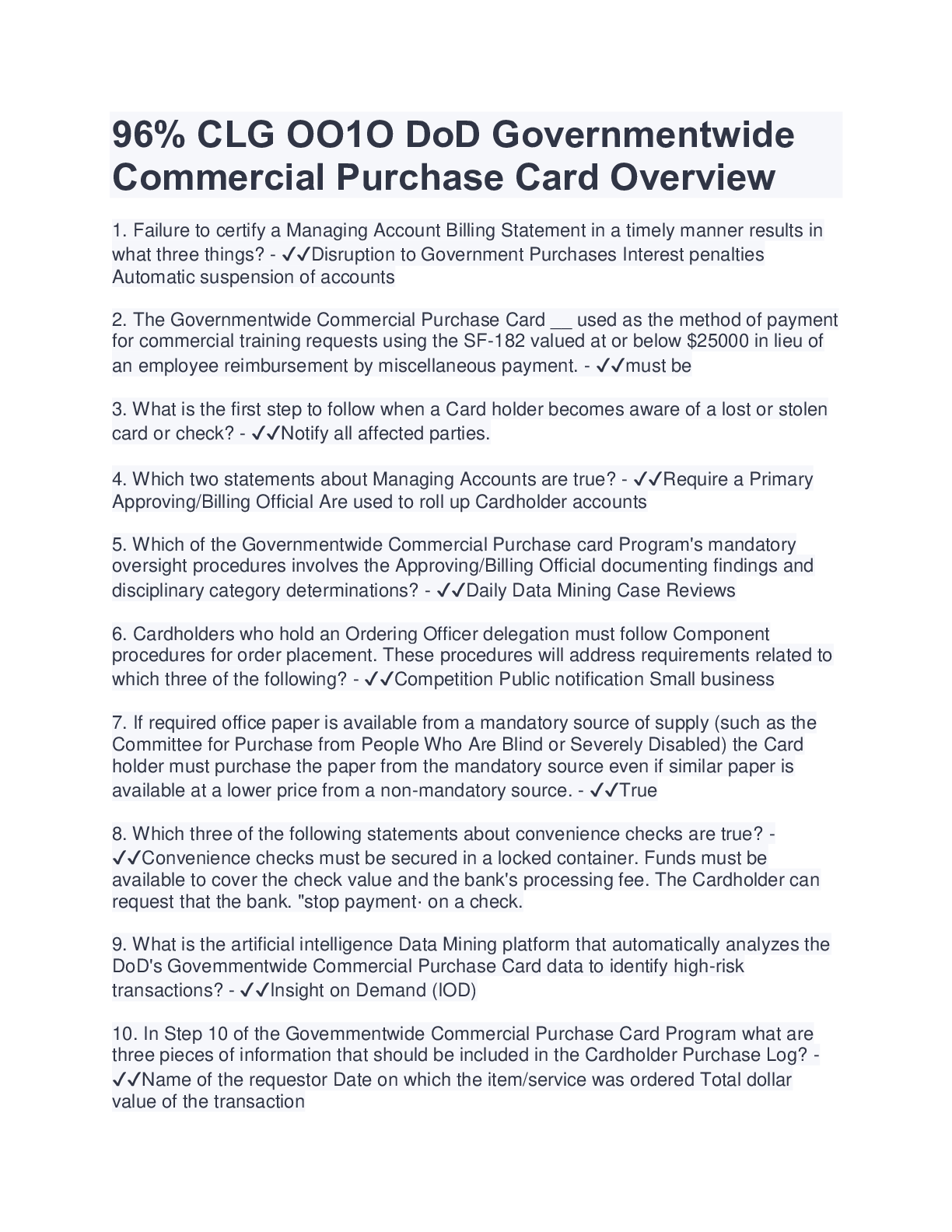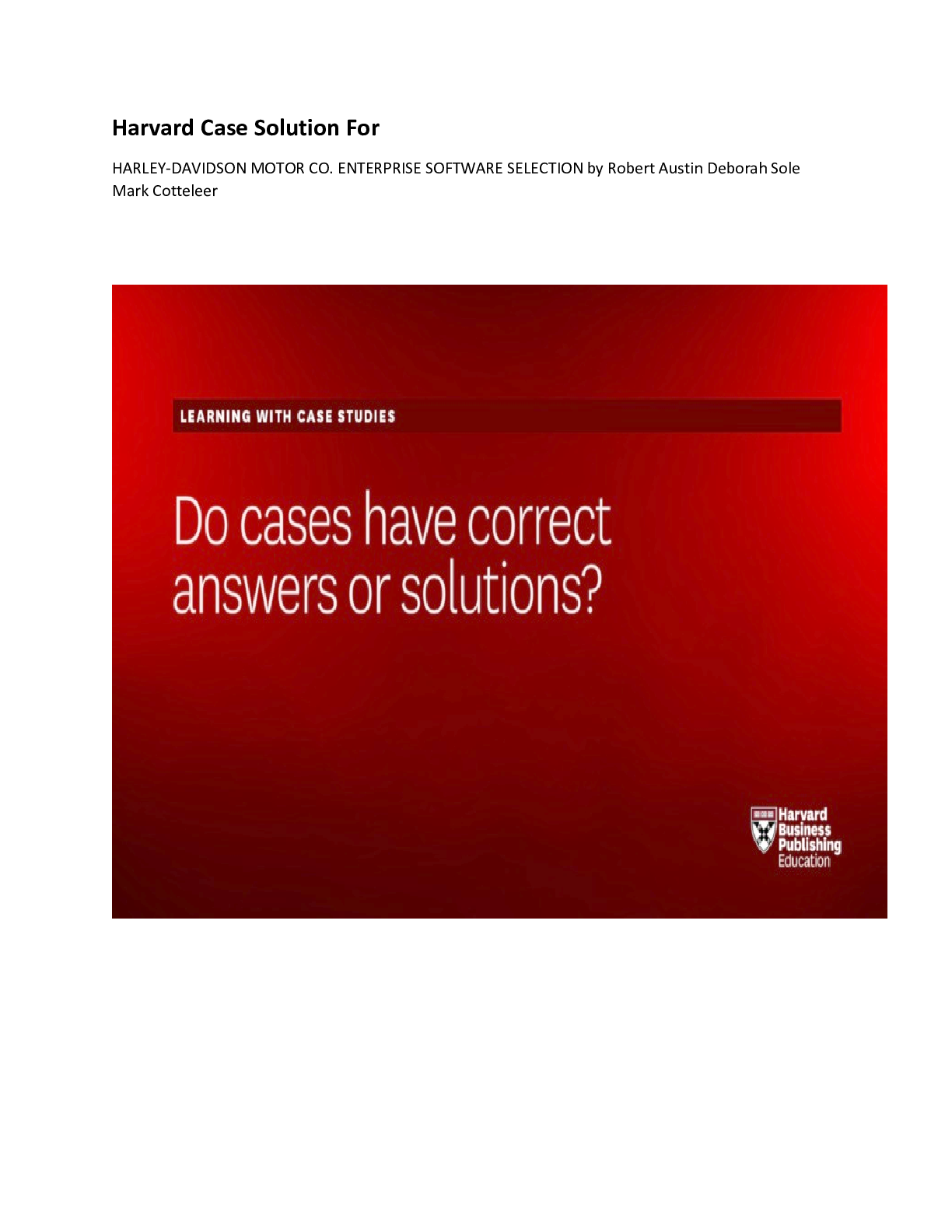NURSING 6005 CHAPTER 57: DRUGS FOR DIABETES MELLITUS | 2020/2021
Document Content and Description Below
NURSING 6005 CHAPTER 57: DRUGS FOR DIABETES MELLITUS Test Bank MULTIPLE CHOICE 1. The nurse working on a high-acuity medical-surgical unit is prioritizing care for four patients who were just ... admitted. Which patient should the nurse assess first? a. The NPO patient with a blood glucose level of 80 mg/dL who just received 20 units of 70/30 Novolin insulin b. The patient with a pulse of 58 beats per minute who is about to receive digoxin (Lanoxin) c. The patient with a blood pressure of 136/92 mm Hg who complains of having a headache d. The patient with an allergy to penicillin who is receiving an infusion of vancomycin (Vancocin) 2. A patient with type 1 diabetes is eating breakfast at 7:30 AM. Blood sugars are on a sliding scale and are ordered before a meal and at bedtime. The patient’s blood sugar level is 317 mg/dL. Which formulation of insulin should the nurse prepare to administer? a. No insulin should be administered. b. NPH c. 70/30 mix d. Lispro (Humalog) 3. A nurse is educating the staff nurses about ketoacidosis. To evaluate the group’s understanding, the nurse asks, “Which sign and symptoms would not be consistent with ketoacidosis?” The group gives which correct answer? a. Blood glucose level of 600 mg/dL b. Blood glucose level of 60 mg/dL c. Acidosis d. Ketones in the urine 4. The nurse assesses a newly diagnosed patient for short-term complications of diabetes. What does this assessment include? a. Evaluation for hyperglycemia, hypoglycemia, and ketoacidosis b. Cranial nerve testing for peripheral neuropathy c. Pedal pulse palpation for arterial insufficiency d. Auscultation of the carotids for bruits associated with atherosclerosis 5. Which statement is accurate about the long-term complications of diabetes? a. Long-term complications are almost always the result of hypoglycemia and ketoacidosis. b. The complication rates for patients with tightly controlled type 2 diabetes are the same as for those whose disease is not tightly controlled. c. Tightly controlling type 1 diabetes produces excessive episodes of life-threatening hypoglycemia. d. Tightly controlling both types of diabetes reduces the risk of eye, kidney, and nerve damage. 6. A patient with type 1 diabetes recently became pregnant. The nurse plans a blood glucose testing schedule for her. What is the recommended monitoring schedule? a. Before each meal and before bed b. In the morning for a fasting level and at 4 PM for the peak level c. Six or seven times a day d. Three times a day, along with urine glucose testing [Show More]
Last updated: 2 years ago
Preview 1 out of 6 pages

Buy this document to get the full access instantly
Instant Download Access after purchase
Buy NowInstant download
We Accept:

Reviews( 0 )
$13.00
Can't find what you want? Try our AI powered Search
Document information
Connected school, study & course
About the document
Uploaded On
Feb 18, 2021
Number of pages
6
Written in
Additional information
This document has been written for:
Uploaded
Feb 18, 2021
Downloads
0
Views
232











.png)

